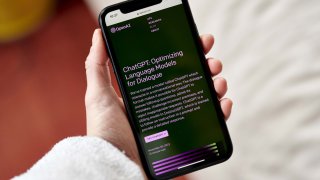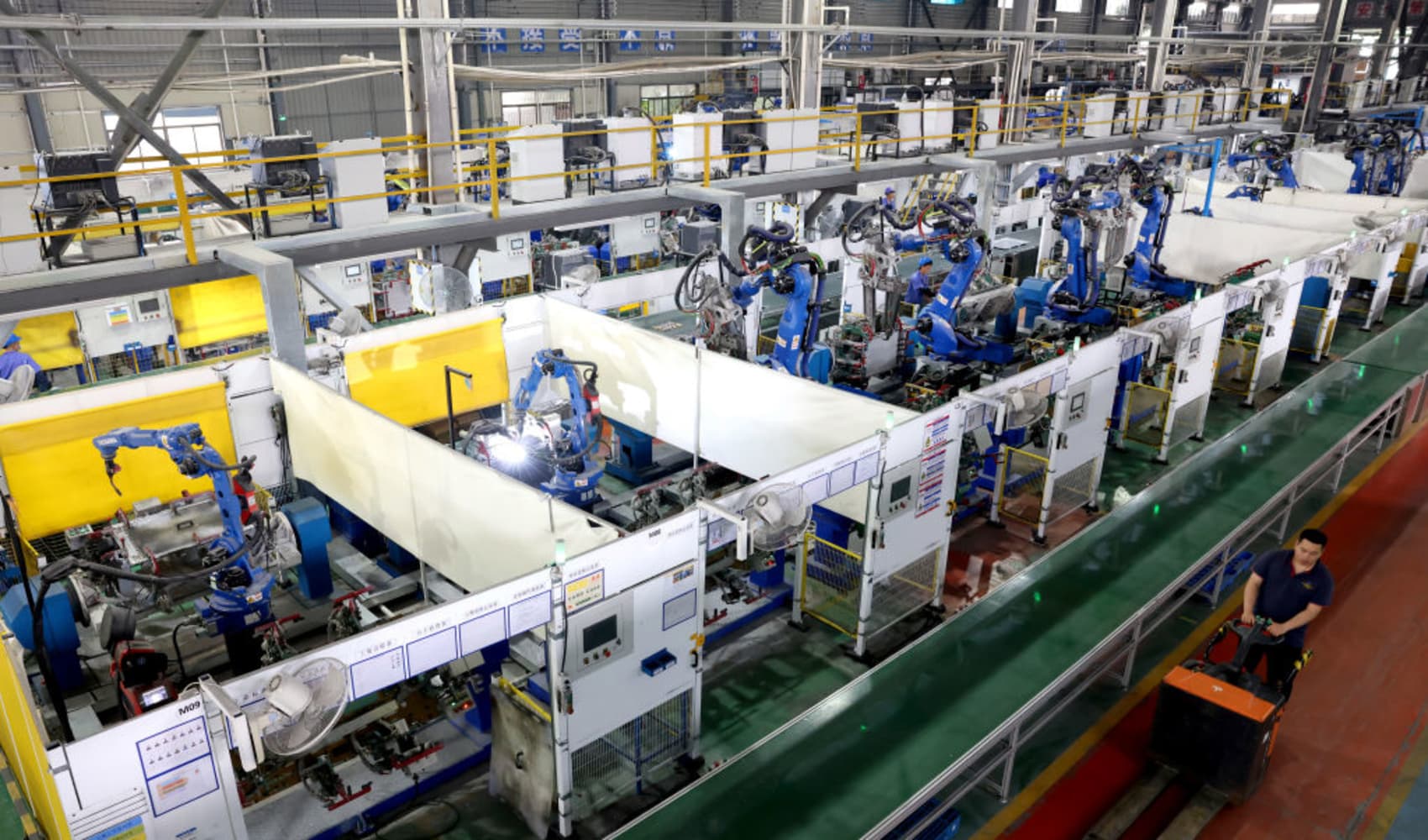
Nov. 30 marks ChatGPT's one-year anniversary, and quite a lot has changed since the popular AI chatbot debuted.
In 2022, OpenAI let the public begin tinkering with ChatGPT. People could ask it questions and the chatbot would respond in a conversational way that felt more like talking to another human than an AI system.
It didn't take long for ChatGPT to gain popularity. It surpassed 1 million users just five days after it launched, according to Greg Brockman, OpenAI's CEO at the time. Two months later, in January 2023, the application had around 100 million monthly active users, per a UBS study. And in October, ChatGPT drew around 1.7 billion visits worldwide, according to a Similar Web analysis.
ChatGPT one year ago v. now
Get a weekly recap of the latest San Francisco Bay Area housing news. Sign up for NBC Bay Area’s Housing Deconstructed newsletter.
Over the past year, people have used ChatGPT for all sorts of tasks, from writing emails to sprucing up resumes to even creating a six-figure business.
As the ways people utilize the AI chatbot have changed, the technology itself has evolved too.
A year ago, there was only a free version of ChatGPT, which would provide detailed text-based responses to users' questions and requests. Now, users are able to subscribe to ChatGPT Plus, which provides access to OpenAI's most up-to-date AI chatbot, ChatGPT-4.
Money Report
OpenAI says ChatGPT-4 has been trained on more data, produces fewer incorrect responses and is able to understand "more nuanced instructions" than the earlier model.
One major update is that the new ChatGPT can "see, hear and speak," OpenAI says. This means subscribers can have voice conversations with ChatGPT through its mobile app and share images for it to process and respond to.
You could take a picture of a flower and ask ChatGPT to explain what type of plant it is and how to take care of it, for instance.
OpenAI itself has also undergone changes, including a recent leadership shakeup.
On Nov. 17, the startup's board ousted CEO Sam Altman. Following the announcement, hundreds of employees signed a letter threatening to quit and work with with Altman at Microsoft, where he would be leading a new AI research team. However, OpenAI rehired Altman less than a week later.
And on Wednesday, the company announced that Microsoft, which previously invested $13 billion into OpenAI, will have a nonvoting board seat.
ChatGPT's impact on the tech industry
In the year since OpenAI launched ChatGPT, some of the tech industry's leading companies have released their own AI-powered messaging applications.
In February, Google announced its own AI chatbot called Bard. It's powered by a proprietary large language model and uses information from the web to respond to users' prompts in a conversational way. It's also able to connect with other Google tools such as Gmail, Docs and YouTube to generate personalized replies.
In November, Amazon unveiled its AI chatbot, Q. This "generative AI-powered assistant" is geared toward helping workers streamline tasks such as summarizing documents, conducting research and generating email drafts, per the company's blog.
What's next for ChatGPT and generative AI
The future of AI chatbots may mean you'll have a personalized one that's able to meet your specific needs.
On Nov. 6, OpenAI announced that users could begin creating customized versions of ChatGPT for specific purposes, such as explaining board games or helping improve your writing skills. Users are also able to share their chatbots with other users through OpenAI's version of an app store.
"They're really trying to create a marketplace, which will allow companies and people to innovate and play around with this incredible form of AI that they've just unleashed," Hod Lipson, an engineering and data science professor at Columbia University, told CNBC Make It on Nov. 11.
While ChatGPT may have helped popularize AI chatbots, it's just one example of generative AI, which refers to technology that has been trained on vast amounts of data so that that it can create new content, such as essays or images. One example is OpenAI's DALL-E AI system, which is able to create pictures based on users' text inputs.
Although generative AI applications have rapidly evolved over the past year, that pace may not be sustainable, says Jamyn Edis, an adjunct professor at New York University with over 25 years of experience in the technology and media industries.
"You need data to feed the machine, and as we seek to ingest more and more text, images, videos and other media formats and data sets, at a certain point, you're going to start getting to the edge of the horizon," he tells CNBC Make It. "At that point does it become a dog chasing its own tail because all new content will be based on old content?"
As for OpenAI, the company is aiming to create public and private datasets that would help AI models gain a deeper understanding of a wide array of subjects, languages and cultures, per a Nov. 9 blog post. To do this, it's looking for data that "reflects human society" in a way that can't be found online, such as human conversations.
"We are seeking partners who want to help us teach AI to understand our world in order to be maximally helpful to everyone," OpenAI wrote.
DON'T MISS: Want to be smarter and more successful with your money, work & life? Sign up for our new newsletter!
Get CNBC's free Warren Buffett Guide to Investing, which distills the billionaire's No. 1 best piece of advice for regular investors, do's and don'ts, and three key investing principles into a clear and simple guidebook.
CHECK OUT: AI is the latest buzzword in tech—but before investing, know these 4 terms






